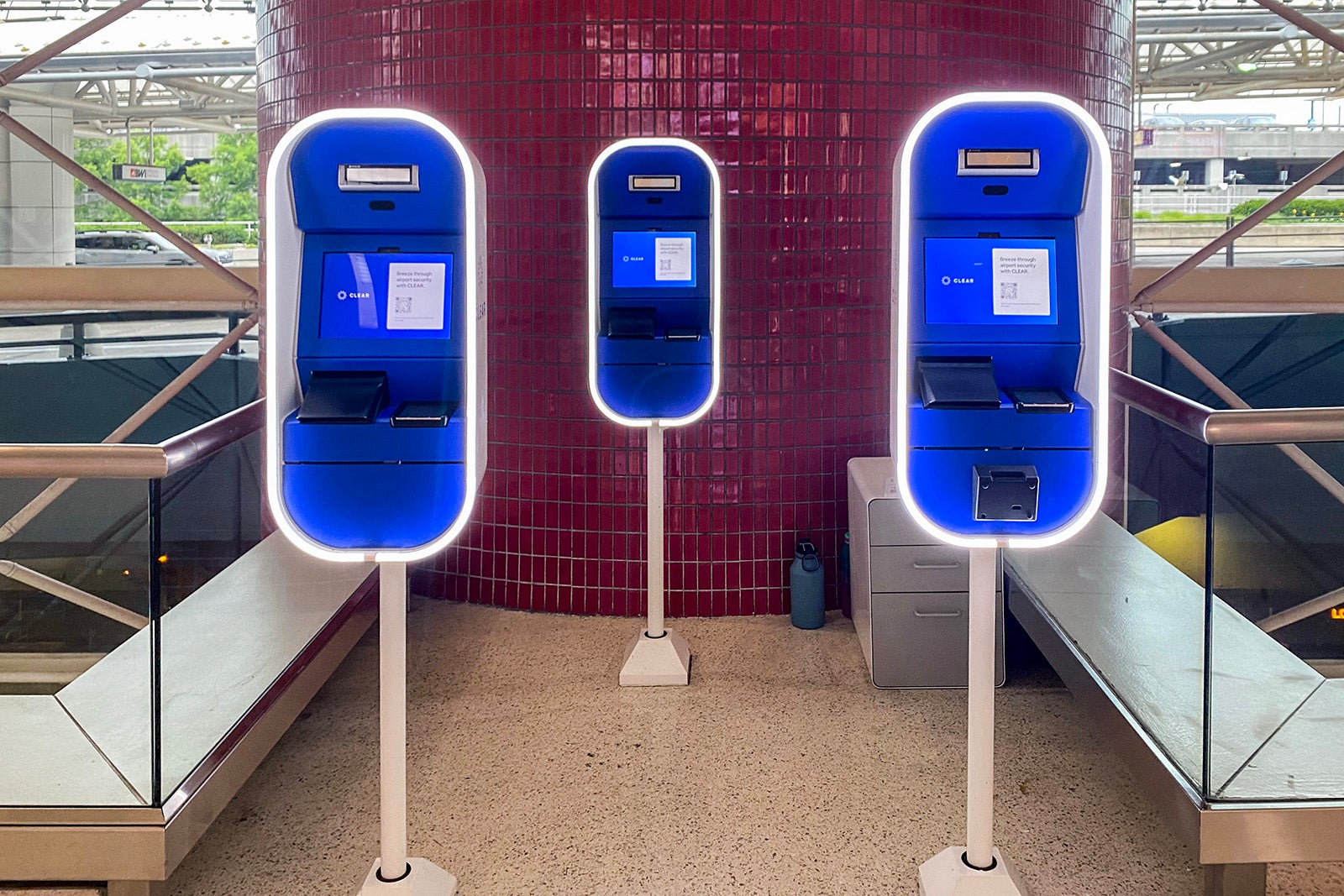TSA rolls back plan to require more Clear users to show ID
Editor's Note
The Transportation Security Administration and Clear are backing down from their initial pledge earlier this summer to require more Clear users to verify their identity by showing a valid form of identification following security incidents.
In July, the TSA said it would randomly select an increased number of Clear members to show a valid form of identification, despite a main benefit of Clear being the ability to bypass the normal three-step TSA screening process.
"TSA is responsible for ensuring that all systems and programs, including those provided by private companies, meet requisite standards and will take necessary steps to ensure security needs are met," said a TSA spokesperson. "Accurate and reliable verification of passenger identity is foundational to aviation security and effective screening by TSA."
Generally speaking, most Clear users can skip the normal TSA screening process by confirming their identity biometrically (via a fingerprint or iris scan) at a kiosk instead of waiting for the TSA to inspect their government ID and check their boarding pass as the final step to approaching the security screening area.
After the scanner verifies a passenger's identity, a Clear representative escorts the traveler to either the regular TSA line or the TSA PreCheck line, circumventing everyone waiting in the first line.
While Clear maintained the "rate at which random ID checks occur has varied over the years based on a number of factors," this uptick in ID checks among Clear users seemingly was in response to two separate security issues earlier this year. In one case, a passenger allegedly passed through security using someone else's boarding pass from the trash.
Per Politico, the aforementioned security incident, plus another last year, involved travelers who passed through Clear without showing an ID, prompting a congressional investigation into the service. There was also a third issue last year where someone successfully used Clear by posing as a registered user.
But as of last week, the Washington Post reported that "the TSA said it would require that a smaller proportion of Clear members undergo additional identity vetting," publicly shifting "from screening all travelers to a lower percentage." Neither Clear nor the TSA would comment on the change to TPG beyond confirming the update.
"All Registered Traveler participants will be required to present ID, whether physical or digital, to TSA's Credential Authentication Technology (CAT), with the timeline for implementation to be determined," according to a TSA spokesperson.

Reacting to the rollback, aviation correspondent Tim Jue emphasized how increased ID checks would have essentially rendered Clear useless for many members.
"TSA's change would have struck at the core of CLEAR's business plan: You pay their annual fee so you don't have to show your ID at the security checkpoint. That's the heart and soul of subscribing to CLEAR, so you can get through airport security as fast as possible and without any extra hassle," Jue pointed out in an email to TPG. "It would take away a product that many frequent travelers have come to rely on to expeditiously get past long screening lines, which in the last couple of years, have been absolutely miserable. That's something I hope the TSA recognized and responded to."
Additionally, Clear emphasized it has been "collaborating with DHS [the Department of Homeland Security] and TSA since 2020 to implement new industry-wide digital identity standards," referring to the digital transmission of passenger identifying information via next-generation TSA hardware at airport checkpoints. This would avoid any need for passengers to show physical IDs.
Until then, travelers 18 and older must show valid identification — such as a U.S. passport or driver's license issued by the Department of Motor Vehicles — at TSA checkpoints. State-issued IDs must be Real ID compliant starting May 7, 2025.
"TSA requires the Registered Traveler (RT) to comply with TSA's RT-related security requirements, including where available, the future use of state-of-the-art Credential Authentication Technology (CAT) units for passenger identity and flight screening status verification," according to a TSA spokesperson.
The TSA has established a timeline with milestones for the implementation. Currently, all passengers except RT participants are required to present identification at the CAT unit, where it is available.
Related reading:
- What is Clear airport security — and is it worth it?
- Clear to become TSA PreCheck enrollment provider
- Heads up: You may have to reverify your identity to use Clear every 5 years
- Why you should get TSA PreCheck and Clear — and how you can save on both
- 7 ways to get free or discounted TSA PreCheck, Global Entry and Clear
